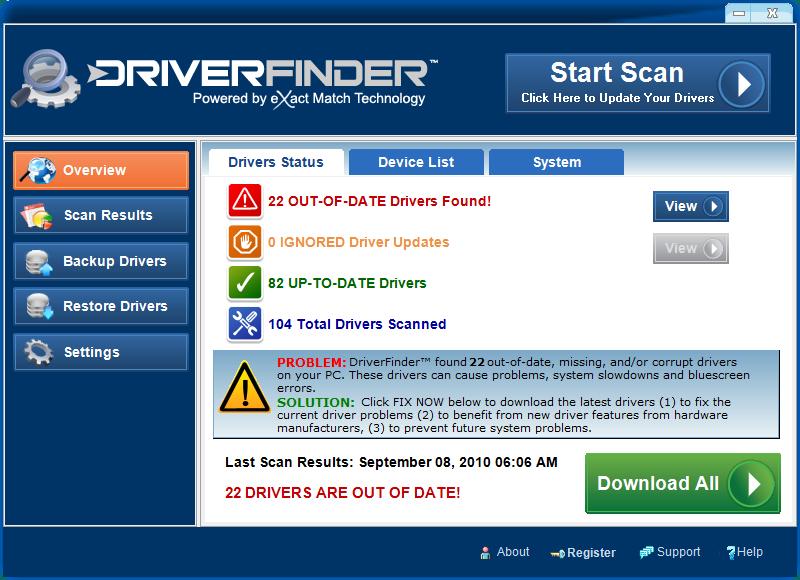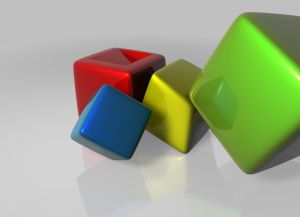Screen Resolution Problems Fix
If your screen resolution is distorted, it’s generally the case that you will have some sort of problem with the settings of your system. Not many people know this, but there are a number of “resolution” settings that can be the cause of this problem, as well as the possibility of having a larger number of potential issues inside your PC. This tutorial is going to outline what problems your PC may likely be facing, and then work to resolve them in the best way possible for you.
What Causes Distorted Screen Resolution?
The biggest cause of problems for the distorted screen resolution is actually the graphics driver of your PC. The “graphics driver” is basically a piece of software that connects the output features of Windows with the actual graphics card (hardware) of your PC; and is consequently one of the most important parts of the entire Windows system. Although this is a common issue, there are other problems that include the likes of:
- Your PC does not have sufficient software capability to run intense graphics
- Your system has some sort of problem with the settings of Windows
- Windows is unable to process the files / driver settings required to run the graphics
The problem you’re experiencing should therefore be resolved by using a series of steps to fix the issues that Windows will have inside. This means that if you’re looking to use the steps outlined on this page, you have to be able to repair any of the potential problems they have may have with the tools that are available.
How To Fix Faulty Screen Resolution Settings
Step 1 – Set The Resolution Correctly On Your System
The first step is to set the resolution of your PC correctly. This is a Windows process, and requires the use of the centralized “Display Properties” feature of your system. Here’s how:
- Click onto the desktop of your PC
- Right-click on the desktop and select “Properties” (XP) / “Screen Resolution” (Win7)
- This will bring up the Properties menu, where you should select “Settings”
- Upon selecting “Settings”, you will then have to make sure the resolution is the highest possible
The reason why this is important is because Windows uses the “System Resolution” to determine how large / small various different icons should be. The smaller the resolution, the larger the icons & elements of the resolution – and it’s therefore important that you’re able to make the resolution as high as possible. A tip here is that most monitors will have a certain “limit” of resolution, which you need to make sure that you set your properties to in order to repair it.
Step 2 – Ensure You Have No Viruses
The next step is to make sure you have no viruses on your PC. These are extremely damaging infections, which have been created to try and get you to either buy products, or cause so much trouble that you end up just using some other form of system to help repair them. The good news is that you can remove all the viruses that will cause viruses by downloading & running XoftSpy – a leading anti-spyware application that’s very good at fixing the infections which often cause damaged resolution settings.
Step 3 – Update The Driver By Using This Driver Update Tool
If you find that you still cannot see the correct resolution in Windows after you’ve tried using the steps above, it’s recommended you use a “driver update” program. Although these cost a small fee, they are brilliant for fixing all this type of driver problem on the Windows system, as they are able to scan through your PC and update any of the outdated drivers that your system may have. We have found that a program called “Driver Finder Pro” is the best for fixing the problem with the screen resolution problems.
You can see the software here:





